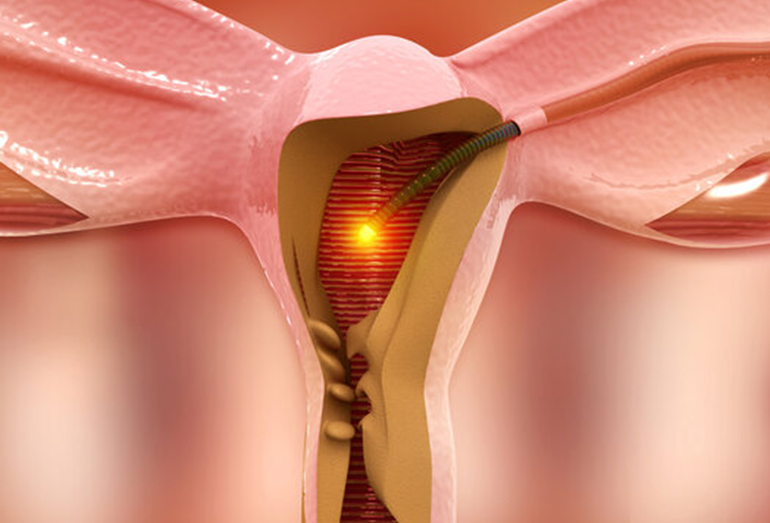
Hysteroscopy is a crucial procedure for individuals experiencing fertility difficulties.It allows for a detailed inspection of the uterus, aiming to uncover any factors that may hinder conception. Patients often wonder about the preparation, the process itself, and what follows. Understanding these aspects can demystify the experience and provide clarity. What insights can this procedure reveal about one's reproductive health? The answers may hold the key to future fertility options.
Although many women may not know, hysteroscopy is an essential procedure that enables doctors to inspect the inside of the uterus. This minimally invasive technique involves inserting a slender, lighted tube called a hysteroscope through the vagina and cervix.
By visualizing the uterine lining, physicians can identify abnormalities such as polyps, fibroids, or adhesions, which may impede fertility. At the best fertility clinic hyderabad, hysteroscopy is often performed to accurately diagnose these conditions and plan effective treatments. Understanding the purpose of hysteroscopy is essential; it not only aids in diagnosis but can also guide treatment options to enhance reproductive health.
Women undergoing this procedure often experience a sense of empowerment, knowing they are taking proactive steps toward understanding their bodies. Ultimately, hysteroscopy serves as a bridge between concerns and solutions, fostering hope for those desiring to conceive.
How can one best prepare for a hysteroscopy? It is essential to engage in open dialogue with a healthcare provider, discussing any concerns or questions.
Patients should receive clear instructions regarding fasting or medication adjustments. Scheduling the procedure during a time in the menstrual cycle when the lining is thinnest can enhance outcomes, so timing is crucial.
It’s also beneficial to arrange for support from a loved one, providing emotional comfort before and after the procedure. Patients are encouraged to practice relaxation techniques, such as deep breathing, to alleviate anxiety.
Choosing the best fertility hospitals in hyderabad ensures that patients receive comprehensive care and clear guidance throughout this process. Finally, a list of any medications or allergies should be prepared, ensuring a smooth experience during this intimate journey toward improved fertility.
After preparing for the procedure, patients will undergo hysteroscopy in a clinical setting.
The procedure typically begins with the patient lying comfortably on an examination table, while a gentle anesthetic may be administered to minimize discomfort.
The physician carefully inserts a hysteroscope—a thin, lighted tube—through the cervix into the uterus, providing a clear view of the uterine lining.
As the hysteroscope navigates, the physician may use saline solution to expand the uterus, allowing for a thorough examination.
Any abnormalities, such as fibroids or polyps, can be identified and treated during this time.
Throughout the procedure, the medical team maintains a supportive atmosphere, ensuring the patient feels as comfortable and reassured as possible during this intimate experience. Having access to the best gynecologist in hyderabad can greatly enhance patient confidence and care quality during hysteroscopy.
Once the hysteroscopy procedure is complete, patients typically enter a recovery phase that involves close monitoring and self-care.
In the hours following the procedure, they may experience mild cramping or spotting, which is normal and usually subsides quickly. It is essential for patients to rest and hydrate, allowing their bodies to heal.
Light activities can be resumed within a day, but intense exercise and heavy lifting should be avoided for a short period.
Emotional support during this time is equally important, as patients may feel a mix of relief and anxiety about future fertility.
Following the healthcare provider's aftercare instructions helps ensure a smooth recovery, fostering a sense of comfort as they navigate the path ahead.
Many patients may find themselves contemplating various potential outcomes following a hysteroscopy aimed at improving fertility. This procedure can reveal and resolve issues such as polyps, fibroids, or intrauterine adhesions, paving the way for a more favorable environment for conception.
Patients often experience a sense of relief and hope as they await the results, which can significantly influence their next steps. Depending on the findings, the subsequent course of action may include trying to conceive naturally, pursuing assisted reproductive technologies, or scheduling follow-up consultations.
Each path carries its own emotional weight and potential, offering couples the opportunity to embrace their journey toward parenthood with renewed optimism and clarity. Understanding these outcomes can empower patients to make informed decisions that resonate with their desires.
In conclusion, a hysteroscopy procedure is a valuable diagnostic tool for individuals seeking to enhance their fertility. By providing a clear view of the uterine cavity, it allows for the identification and potential treatment of abnormalities that could hinder conception. Patients can expect a supportive environment throughout the process, with manageable side effects and a structured recovery. Ultimately, the insights gained from hysteroscopy can guide informed decisions on future fertility options and interventions.
Your email address will not be published. Required fields are marked *